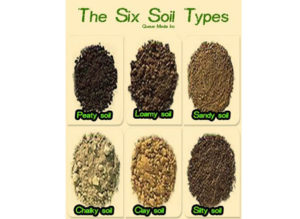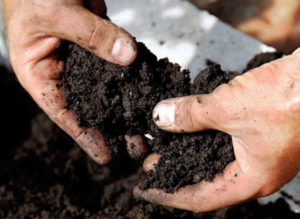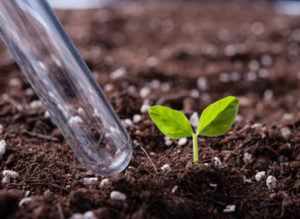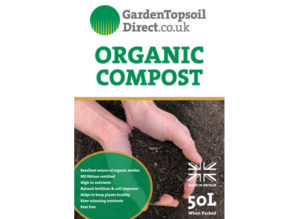Top Tips For Great Topsoil
When you are planning your garden, it is natural that you are going to be thinking in aesthetic rather than practical terms. Choosing a good quality topsoil is one of those practical issues that may not be as exciting as choosing your fantastic plants – but a good topsoil is imperative for your garden to thrive.
Topsoil is pretty important – after all without it you wouldn’t have any plants! Soil is the foundation of your garden and once you understand it and get to grips with it, you can begin to improve it in time for the gardening season ahead.
High quality soil can happen naturally but don’t forget David Domoney’s (TV gardener) golden rule ‘what you remove you must replace‘. Microorganisms like bacteria, fungi and yeast help break down organic matter to release nutrients for your plant roots to take up. They also help improve soil aeration and structure.
How to improve the condition of your topsoil and grow better plants
There are four main areas you should be considering; soil type, pH levels, soil improvers and the best plants for different soils.




 Tip 1 – Check your soil type
Tip 1 – Check your soil type
